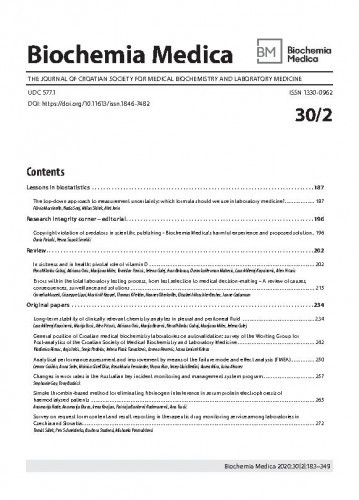Plasma free metanephrines or urinary fractionated metanephrines are the biochemical tests of choice for the diagnosis of pheochromocytoma as they have greater sensitivity and specificity than catecholamines for pheochromocytoma detection. This case highlights the preanalytical factors which can influence metanephrine measurement and cause a false positive result. It describes a patient with a high pre-test probability of pheochromocytoma due to hypertension and a past medical history of adrenalectomy for a purported pheochromocytoma in her home country. When biochemical screening revealed grossly elevated urine normetanephrine in the presence of a previously identified right adrenal lesion, there was high clinical suspicion of a pheochromocytoma. However, functional imaging did not support this view which prompted additional testing with plasma metanephrines. Results for plasma and urine metanephrines were discordant and preanalytical drug interference was suspected. Patient medications were reviewed and sulfasalazine, an anti-inflammatory drug was identified as the most likely analytical interferent. Urinary fractionated metanephrines were re-analysed using liquid chromatography tandem mass spectrometry (LC-MS/MS) and all metanephrines were within their reference intervals. This case illustrates how method-specific analytical drug interference prompted unnecessary expensive imaging, heightened patient anxiety and resulted in lengthy investigations for what turned out to be a phantom pheochromocytoma.
Sažetak

 Biochemia medica : the journal of Croatian Society for Medical Biochemistry and Laboratory Medicine : 30,2(2020) / glavna i odgovorna urednica Daria Pašalić.
Biochemia medica : the journal of Croatian Society for Medical Biochemistry and Laboratory Medicine : 30,2(2020) / glavna i odgovorna urednica Daria Pašalić.